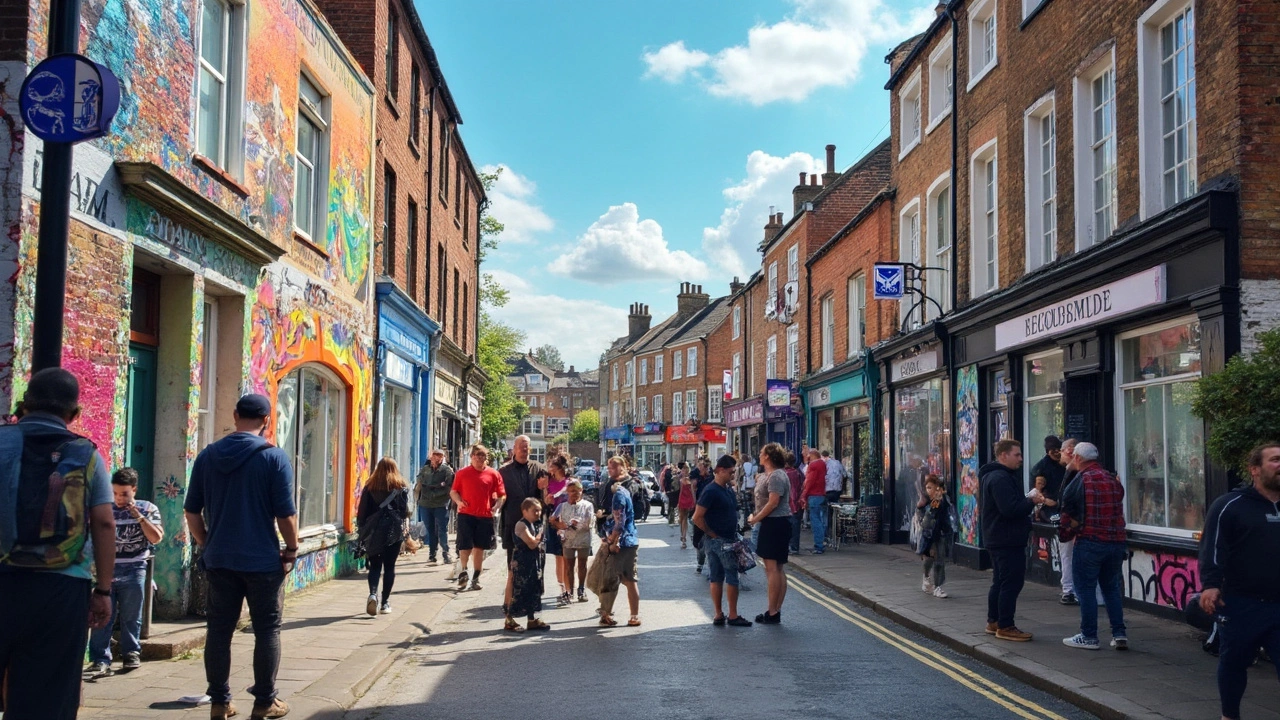Murals: How to Plan, Paint, and Keep Wall Art Looking Great
Murals stop people. They turn blank walls into landmarks and bring neighborhoods to life. Whether you want a storefront piece or a large public mural, this guide gives clear, practical steps for planning, materials, permits, and upkeep so your project looks right and lasts.
Start with a simple brief: purpose, wall size, target audience, and budget. Make quick sketches at real scale or mockups using a grid or projector. Talk to the building owner and nearby residents early — that avoids surprises. Check city rules: many places require permits or have mural programs that can help.
Materials & Paints
Surface prep is non-negotiable. Clean and dry brick or concrete with a pressure washer, then use a masonry primer. Sand and prime wood properly, and treat metal with a rust-inhibitor first. For paints, pick high-quality exterior acrylics or masonry paints — they resist UV and moisture. Use artist-grade acrylics for fine detail over a weatherproof base, and add an anti-graffiti clear coat in public spots so tags can be removed without damage.
Tools matter: rollers and large brushes speed up base coats; spray cans and airbrushes give smooth gradients. Use scaffolding or a boom lift for tall walls and always follow safety rules. Transfer your design using a projector at night, a grid method, or pounce patterns for accuracy. Work from top to bottom to avoid drips and keep a sealed can of any mixed color for later touch-ups.
Get permissions in writing and clarify who handles future repairs. If the mural is a paid job, sign a contract that covers timeline, payments, intellectual property, and photo rights. For public projects, contact local arts councils — they can point to grants or sponsor programs. Clear agreements save headaches later.
Maintenance & Protection
Plan for upkeep from day one. Murals fade and get scuffs; a yearly check helps catch problems early. Expect touch-ups or repainting every 5–10 years depending on sun and weather. Protect your work with a UV-resistant varnish and anti-graffiti coating. Keep a record of paint brands, pigments, and formulas so you can match colors later.
Design for visibility: use bold shapes, strong contrast, and a limited palette so the image reads at street distance. Add one clear focal point and simplify far-away details. Test colors on panels and photograph them from typical viewing distances and in different light to see how they read.
Work with local artists, students, or community groups to lower costs and build pride. Many cities and businesses fund murals through grants, sponsorships, or crowdfunding. Present a clear proposal with renderings, a maintenance plan, and community benefits to improve your chances. Document the process with before/after photos or time-lapse video — that helps for future funding and promotion.
Quick checklist: brief, permissions, surface prep, primer, weatherproof paints, safe access (scaffolding or lift), protective coating, and a maintenance schedule. Small tip: add a subtle signature corner or QR code so viewers can learn the story behind the mural.

